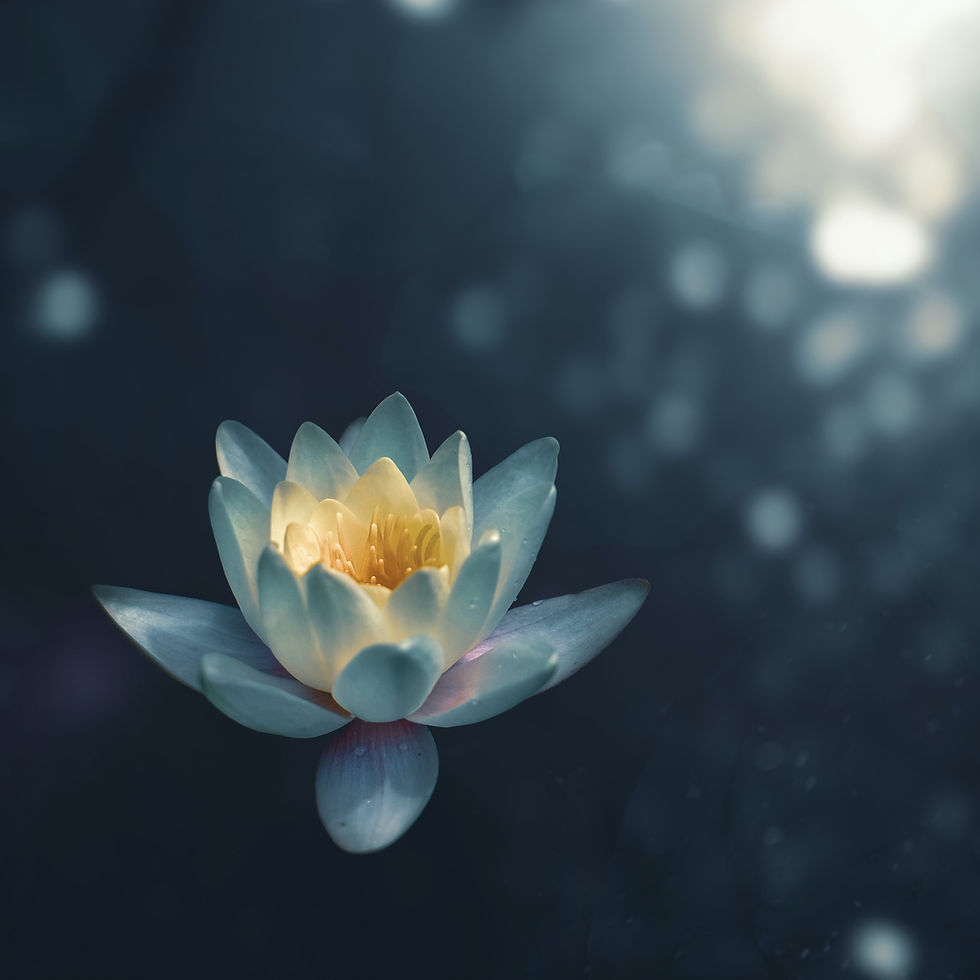

Pondlife
includingAmphibians & Reptiles at Dagnam Park
There are not too many different species in this category recorded in the park. As well as the species pictured below the indiginous species, palmate newt, and slow worm are also recorded. The reserve is noted for it's great crested newts and it is an Essex stronghold for the species. There has never been an authenticated record of an adder in the reserve though the species is recorded not far away in Thorndon Park.
The image below by Barbs Suckling is the first image of a grass snake I have seen. Grass snakes are frequent in the park but not everyone is quick enough to get a picture, Thanks Barbs.



Above, two further images of Grass Snakes bathing on some fly tipped material (speedily removed !) in the Reserve back in June 2008
by the camera of Don Tait.




Young Andrew O Brien warily watching a great crested newt in his garden in Sedgefield Crescent. Five were found and relocated in the moat.

An alien species of terrapin introduced into the reserve with unknown long term consequencies.


Two nice photos by Peter Adams showing the difference between frog's and toad's spawn
Newt Night 3rd May 2005
About 25 people turned up including several children. Will Atkins led us around the park from the onset of dusk. In total we examined 6 ponds including the Moat and all contained Great Crested Newts, some of the ponds had large numbers. Everyone present found the evening fascinating and our thanks go to Will for leading us around and sharing his vast knowledge of the subject with us.
Will writes............."The ponds in Dagnam Park are some of the best in the whole of London for the wildlife which they contain, especially their great crested newts. These impressive amphibians can grow to over six inches in length and they receive some of the highest legal protection of any animal in the UK. In spite of this, they have become much rarer in London over the past few decades, mainly due to the large ponds which they need for breeding becoming silted up".
In the winter of 2000/2001, the London Essex and Hertfordshire Amphibian and Reptile Trust (LEHART), a charity which was a founder member of the Havering Wildlife Partnership, secured a grant to restore over thirty ponds in the Borough, many of them in Dagnam Park. Several years on, and the newts have exploited the better conditions and now there are hundreds in Dagnam Park, making it the most important site in the Capital for this rare and striking animal.


Will Atkins follows one of our more inquisitive younger members through the mud at the margin of a newly created pond. Great Crested Newts were found here.

This is a female Great Crested Newt laying an egg on vegetation about 150mm below the surface of the Tennis Court Pond

Other miscellaneous Pondlife....................
Swan Mussels



The mussels pictured were photographed at the cow pond by Belinda Bearman in August 2019 and in September by Peter Riley. Alan York identified them as Swan Mussels. I sent the pictures to the county mollusc recorder (Simon Taylor) for a comment. Alan's identification is correct and Simon said "Swan Mussels, Anodonta cygnea are our largest freshwater bivalve mollusc and inhabit bodies of still water, so larger ponds and lakes and occasional marginal pools on rivers. Obviously they need to be ponds or lakes which tend not to dry out as the mussels filter feed and are also not equipped to survive any period out of the water. This means the mussels tend to be under-recorded as they lurk undisturbed under the water until the pond is drained or dredged. Even then they often go unreported. In Essex they are pretty much universal in suitable habitats. They take a couple of decades to reach maximum length of about 8". Along with other Unionid freshwater mussels these famously reproduce and disperse by means of an obligate fish parasite larva called a glochidium." For size comparison the jar is a standard jamjar.